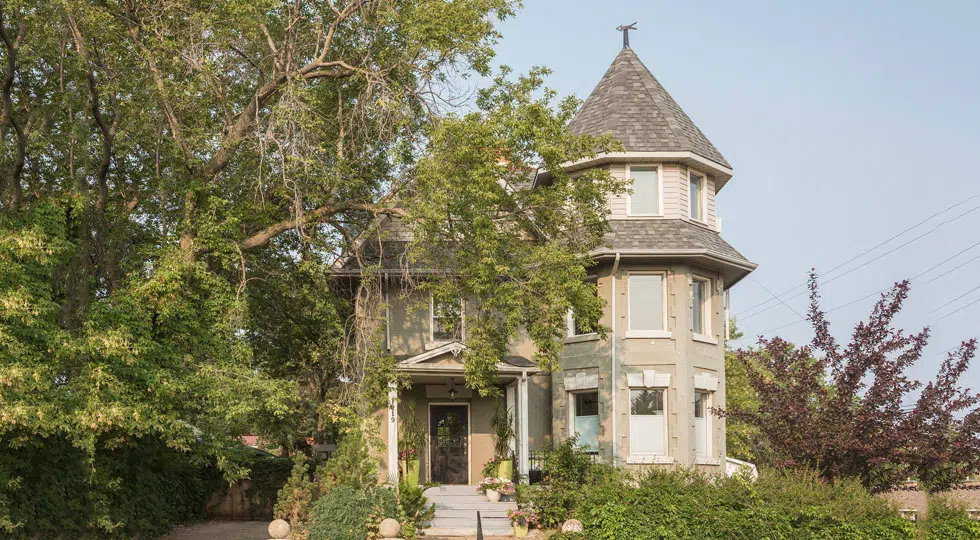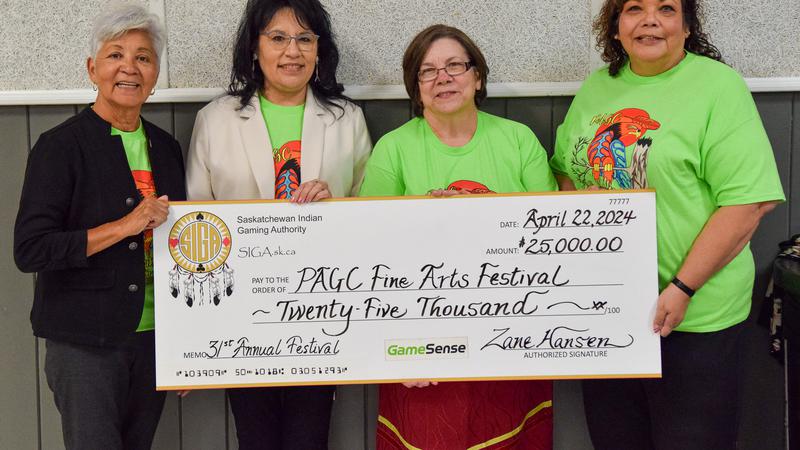
A harkening for P.A.’s heritage homes
Homes once occupied by prominent citizens of Prince Albert, including doctors, lawyers, church ministers, business leaders, and perhaps even ladies of the night, are ready to change hands once again.
At least three renovated heritage properties in the West and East Hill are back on the market, awaiting the next group of owners who have a yearning for the aesthetics and tradition only such architectural gems can provide.
“You don’t see houses built like the old houses were,” local historian Fred Payton, who has a passion for the city’s residential past, told paNOW. “In particular it’s the interiors with the trim that sets the rooms aside; they’re so intricately done.”
And Payton is delighted there is such a drive by people to fix up Prince Albert’s heritage and older homes, and to appreciate the city’s history.


